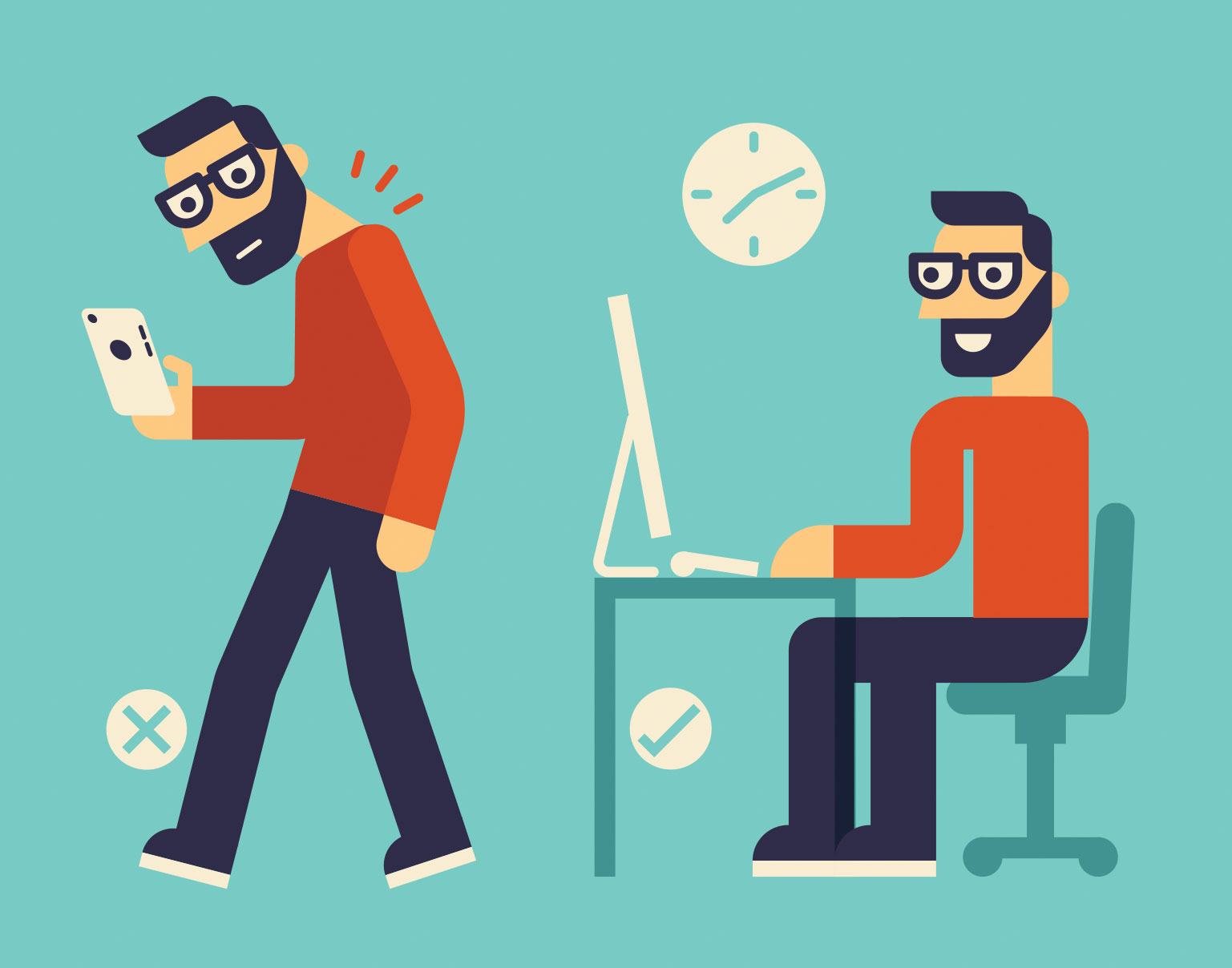POSTURE IN THE WORKPLACE
We only need to peruse the aisle at any supermarket or visit any popular social media site to see what’s in vogue. Unlike the 80s and 90s, when ‘thin was in’, men and women today are taking the approach that ‘more is better’ when it come to our backsides. Our glutes. Our butts. Our booties.
It is now a fact that people with bigger butts are supposedly more intelligent and have a longer lifespan. But, what does your butt have to do with your posture? Are you sitting at your desk? Yes? Good. Now, go and touch your butt. Really. Go ahead and touch it. Actually, get a good handful. If you are in fact sitting at your desk, you’ll eventually feel two bones that are supporting most – if not all – of your weight. These are aptly known as your ‘sit’ bones. Get it? You’re sitting it on your sit bones. This should make sense. But, it doesn’t.
Your sit bones are technically known as the ischial tuberosities. There’s one on each side. A right one. And a left one. Don’t worry about remembering that. You’re not going to be tested on it. These bones aren’t actually designed to support your body weight. Rather, they’re the sites of attachment for your hamstring muscles. If you sit on your sit bones (which I’d bet you are as you’re reading this), you can actually damage the hamstrings and create unnecessary aches and pains. But, this isn’t the point of the article.
What is the point, you surely ask? As the title alludes, I’m going to help you improve your posture in the workplace. You might be a cubicle-jockey, a real estate agent who spends most of her time in her car visiting clients, or you may be a blogger who chills…er, works, all day at home on the couch. The good news is that this advice doesn’t matter. It’s applicable across all jobs…and chairs.

The first step in improving your posture is to get off of your sit bones. In other words, do not sit on your sit bones. That’s right. Go ahead and grab your butt again. If you feel the entire weight of your body being passed through these two sit bones and onto your hands, something is wrong. What is wrong is that your lower back will round out or slouch. In other words, your lower back will lose its curve if you’re sitting on your sit bones.
Now (while still grabbing your butt), get off of your sit bones and point them toward the back of your chair. What happens to your lower back? That’s right. It curves. That curve in your lower back is healthy. There are numerous benefits to restoring that curve or arch in your lower back. First of all, you’re going to prevent unnecessary – and, well, avoidable – back pain and damage to the ligaments and muscles down there.
Next, keeping your chest open and shoulder blades back is much easier. Don’t believe me? Try it for yourself. Sit on your sit bones and squeeze your shoulder blades together. Now, get off your sit bones by pointing them back and then squeeze your shoulder blades together. Feel the difference? Good.
Getting off of your sit bones (and increasing the curve in your lower back) also prevents your head – which weighs approximately 10lbs – from hanging out in front of the rest of your body. When your head is in front of the rest of your body, the muscles of the neck have to work constantly to hold it in place. Getting off of those sit bones allows the head to sit more comfortably over the torso. Go ahead, try it.
Finally, having good posture in the workplace has benefits outside of the workplace, too. If you spend all day sitting on your sit bones and flattening out your back, you’ll spend the rest of your day walking around with a flattened back and a flat butt. Don’t believe me? Try it for yourself.
Stand. Point your sit bones back. Now grab your butt. Like what you feel? Good. Now get off your sit bones!
By Dr. Alwyn Wong


